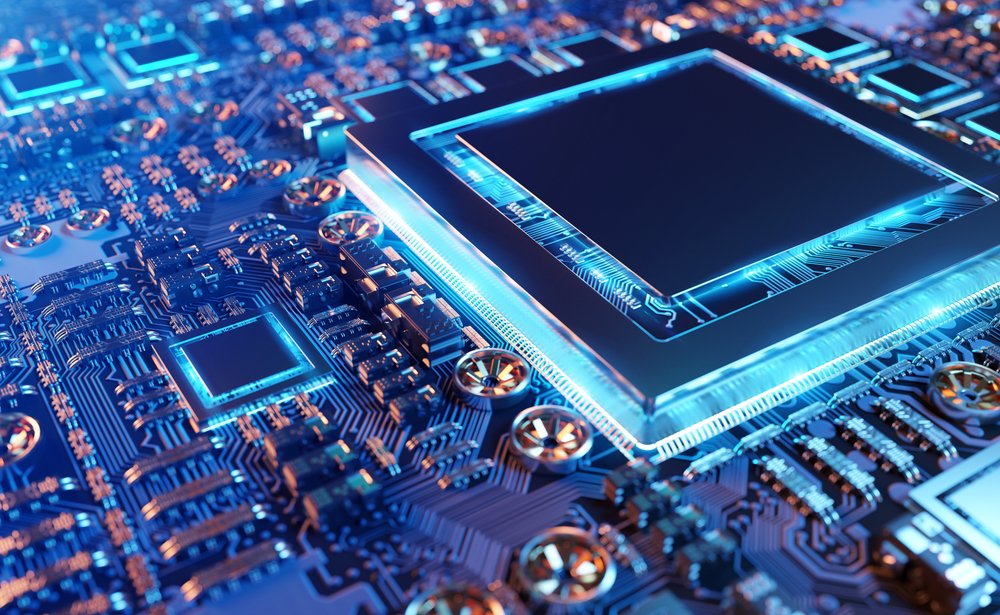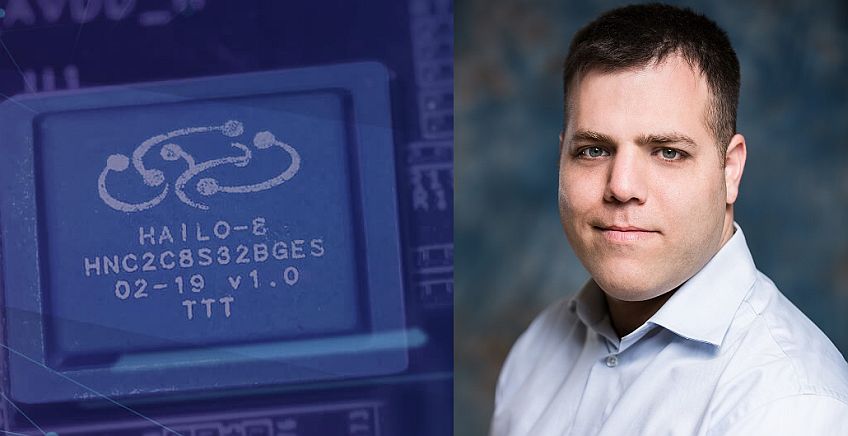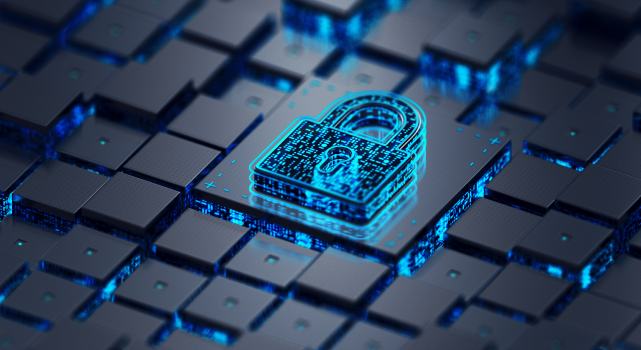
Layoffs – the word that sends any Big Tech worker into a nervous spiral, the greatest enemy of middle managers and “a day in my life at Google” influencers, and simultaneously the supposed answer to any business problem, at least according to most consultant firms (we’re not naming any names, but McKinsey, I’m talking about you).
In the first months of 2023 over 130k people have been laid off from tech companies, following 160k+ laid off over the course of 2022, according to layoffs.fyi – a service made specifically to track how many positions have been cut since the Covid-19 pandemic hit. These numbers are objectively alarming, being compared to the Great Depression and the 2008 economic crisis, and are leading to rising long-term unemployment in the US. It is also worrying how many people cannot find jobs after being laid off, even with years of experience working for tech giants. While some news outlets report that most workers are comfortable enough after being laid off and “show little anger towards their employer”, there are stories of Google employees receiving the dreaded “you’re fired” email at 6 am, getting company resources cut off while travelling for work, and lining up at office security to check who’s fired by seeing if they can get into the building – kind of hard to believe that everyone loves layoffs and nobody’s offended, right?
The reasoning behind each layoff we see is very similar: economic downturn, macroeconomic factors, aftermath of Covid, and sometimes, overhiring. At this point, the last reason seems the most probable – many companies are reporting record profits, so why the rush to save money?
It appears the actual understanding of some C-levels is that they’ve hired way too many people to do “fake work”. Many tech giants did hire talent just to keep competitors from getting to them first, without giving people actual valuable roles, leading to heaps of middle managers or Operational Directors of Nothing. It’s become a running joke in the industry over the years, and it’s especially supported by stories of employees who talk about writing two emails a day or even having to fight to find work to do after being hired. A lot of people’s jobs were mostly just going to meetings, being in the office a couple of days a week, and enjoying the benefits of working in tech.
However, recognizing that this phenomenon does exist, mostly by the companies’ fault, it’s important to not take the concept of fake work too far – a lot of the time anything that doesn’t have a direct result, like a complete product, or isn’t tangible labor can be interpreted as not work at all, especially by supervisors who want to see something concrete and feasible all the time. Corporate work, on many levels and in a lot of industries, creates itself and does not provide much real value. There are always Project Managers for small long-term projects, additional designers that make sure every part of the product is perfect, administrators and assistants that help with the workflow, and some employees that just make day-to-day tasks more manageable. But if we’re removing all the layers of organization that have been built for years without a plan as to what will replace them, we might be looking at long-term chaos and employee dissatisfaction – guess we’ll see how that works out for Big Tech.












